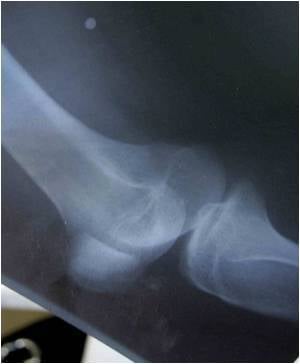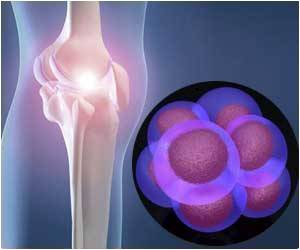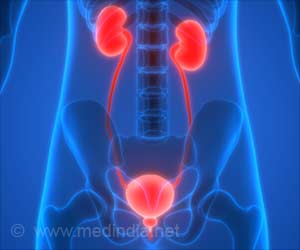African-Americans were less likely to have a varus thrust, but more likely to have valgus thrust than Caucasians says a new study.

OA is the most common type of arthritis, characterized by cartilage damage and loss, and causing pain, inflammation, and loss of joint motion. According to The National Institute of Arthritis and Musculoskeletal and Skin Diseases, roughly 27 million Americans 25 years and older have OA. With the aging population, experts project that by 2030 20% of Americans (72 million) will be at risk for developing this disabling disease.
In the current study, a team of researchers from the Feinberg School of Medicine at Northwestern University assessed frequency of varus and valgus thrust in African-Americans and Caucasians and identified factors associated with thrust presence in members of the Osteoarthritis Initiative (OAI) cohort. The OAI thrust study included 3,592 persons (594 African-Americans and 2,998 Caucasians) who were split into two groups: participants without knee OA (n=1,566) and those with OA in one or both knees (n=2026). Those participants without knee OA had a mean age 61 years, a mean body mass index (BMI) of 27.6 kg/m2, and 58.7% were women. In persons with knee OA, the mean age was 63.4 years, the mean BMI was 28.4 kg/m2, and 57.5% were women.
The study revealed that 32.1% of subjects without OA and 36.7% of those with OA had a varus thrust. Valgus thrust was less frequent: 7.2% without OA and 9.1% with OA. The odds of varus thrust were significantly less for African-Americans compared to Caucasians in both disease subgroups, after controlling for other factors. Other factors associated with varus thrust presence in persons without knee OA were age, BMI, varus malalignment, gender (reduced odds in women), and knee extensor strength (reduced odds with greater strength), and, in persons with knee OA, more severe OA disease, varus malalignment, and gender (reduced odds in women).
The odds of valgus thrust were significantly greater for African-Americans compared with Caucasians, in persons without and with knee OA. Also associated with valgus thrust presence in persons without knee OA were valgus malalignment and, in persons with knee OA, more severe lateral disease and valgus malalignment.
"To our knowledge, this is the first report on the frequency of varus and valgus thrust in African-Americans and Caucasians either in persons with or at higher risk of developing knee OA," Dr. Sharma commented. "Further investigation of methods to quantify the elements of a thrust, such as its force and loading rate, will enhance understanding of the mechanism of a thrust effect," concluded the authors. The researchers also caution that persons without knee OA in the OAI thrust study were at high risk of developing it, and thus frequency estimates should not be applied to the general population.
Advertisement
Source-Eurekalert
RAS








